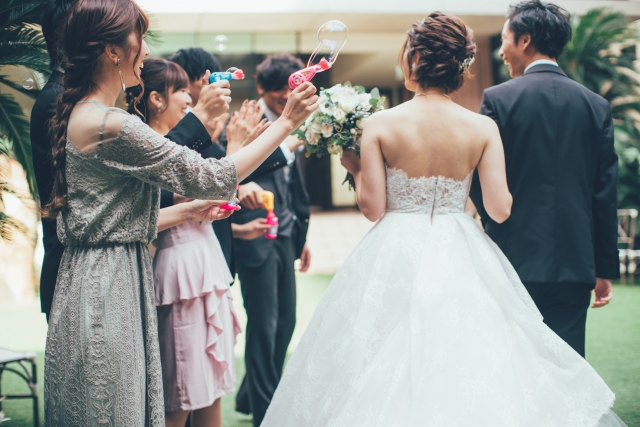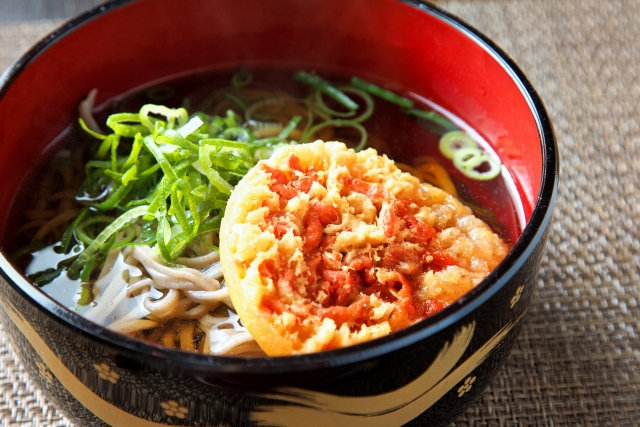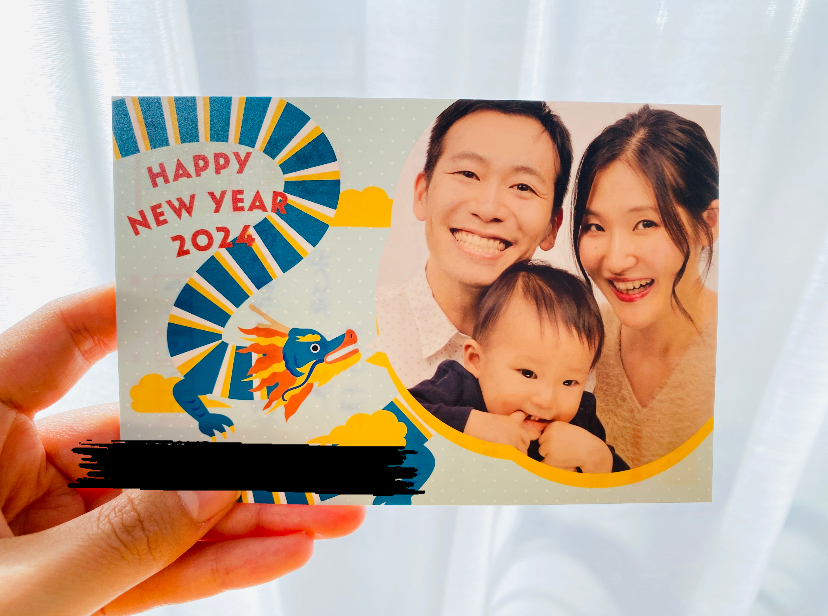Local summer festival, Bon odori dancing
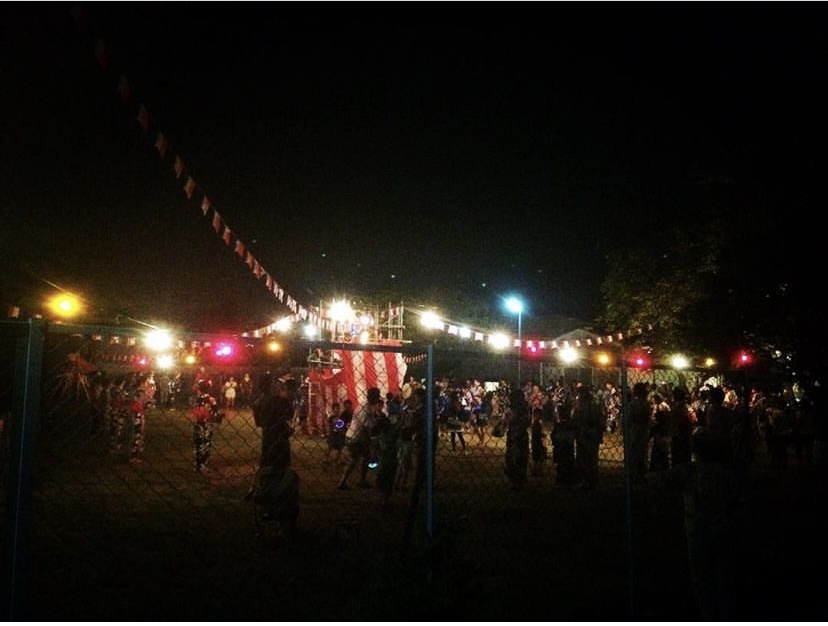
“Bon Odori” has been one of my favorite summer events since I was a child. I was away from Japan for a long time, and due to the pandemic, it was my first time experiencing it in 7 years. Even though I’m almost in my 30s, I still love this event and feel nostalgic for childhood memories.
I love witnessing the Japanese harmony, known as “和 Wa.” People come together in circles and dance with neighbors, friends, family, and even strangers.
It was my little one’s first Bon Odori experience, and I’m glad to see that he loves Japanese dancing, especially with the traditional Japanese drums called “wa-daiko.”
What is bon-odori ? 盆踊り
Bon Odori originally started in the middle of the Heian era more than 1000 years ago. Today, it’s one of the important summer events that commemorate ancestors, where people dance together in circles, a tradition known as Odori.
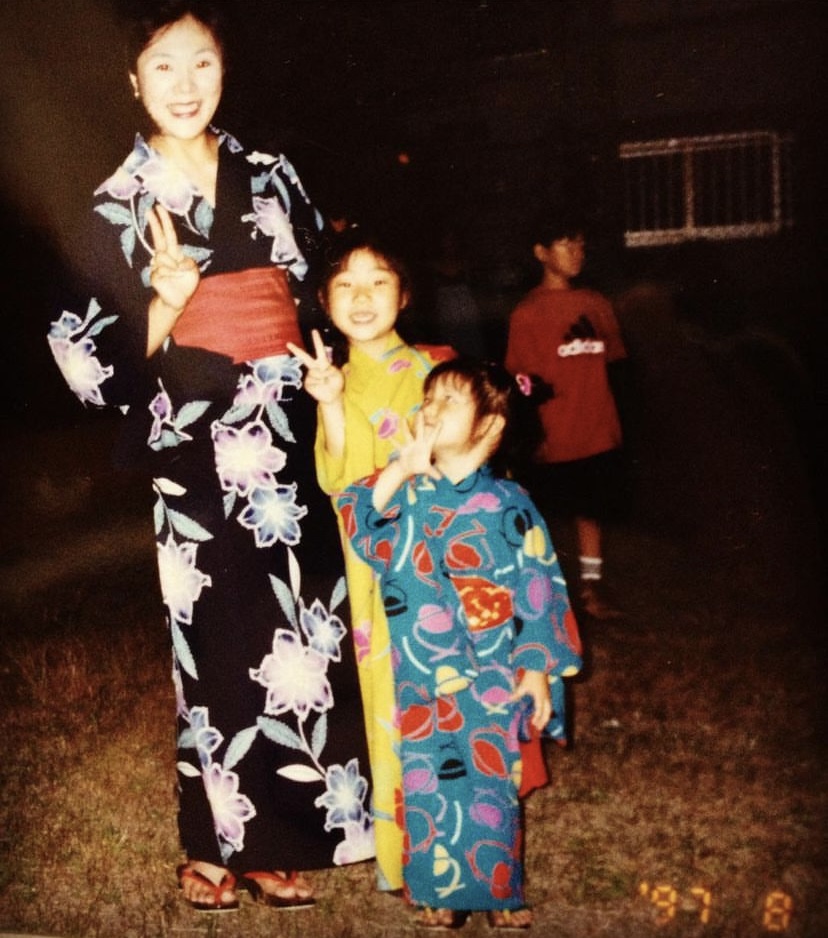
お盆休み Obon yasumi
We have a Bon holiday, normally in the second week of August every year. We believe that the ancestors come back to the family during this period, so we welcome them on the 13th and bid them farewell on the 16th of August. Typically, we gather with family to remember and pay respect to our ancestors. We also visit the family grave and clean it together.
And, some interesting myth?
When I was a child, my dad told me, “Never go to the river or ocean during or right after the Bon holidays.” This is because we believe that our ancestors come back to the family during this period, and we fear that ghosts might take someone deep into the water. While there are many water accidents every year, there is no scientific evidence or proof, so whether you believe it or not is up to you!
精霊馬 Syo-ryo-uma
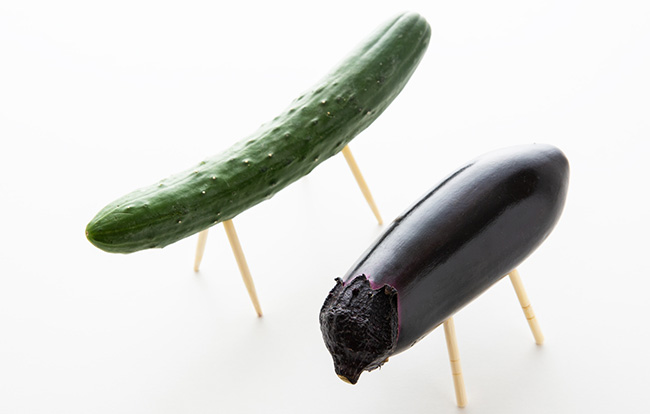
出典:小さなお葬式
Have you ever seen these vegetables in a Japanese house before? When I was a child, I used to wonder why my dad crafted animals with chopsticks and summer vegetables.
Cucumbers and eggplants represent a horse and a cow, respectively. The horse, being fast to walk, symbolizes welcoming back ancestors to the family quickly. On the other hand, the cow, which walks slowly, represents bidding farewell to ancestors slowly.
We only display these animal-shaped vegetables in the house during the Bon holidays.
Bon Odori Dancing time
Normally, Bon Odori starts from the early evening and continues until almost midnight. However, in some areas, the dancing goes on continuously for 2 days, depending on the local cultural practices. As a Japanese, we highly value harmony, so it’s truly wonderful to see people dancing and enjoying their time together.
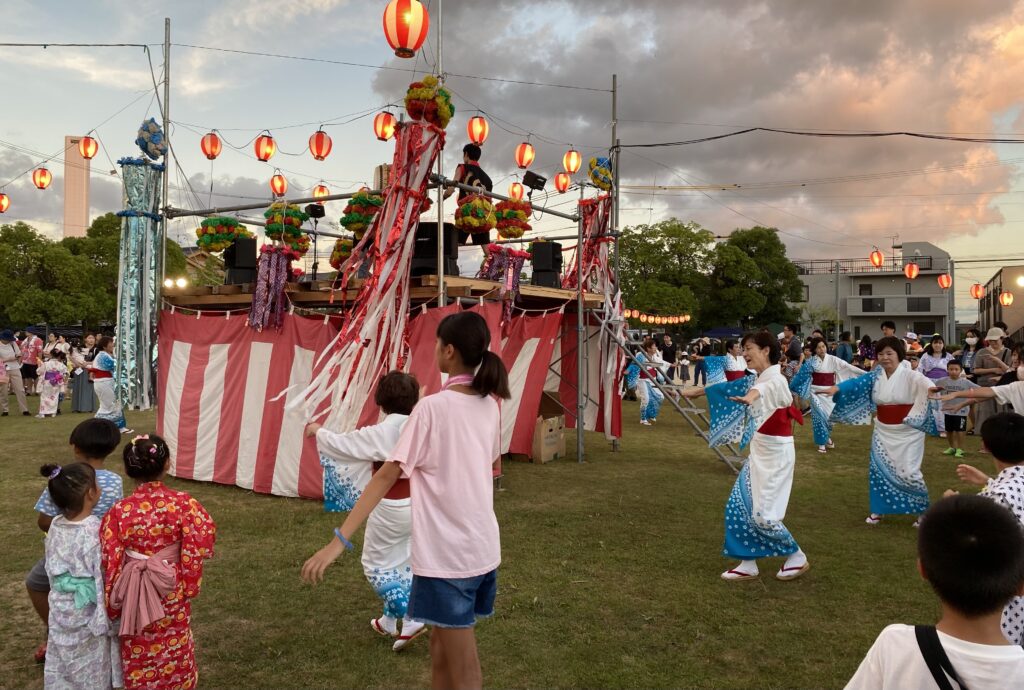
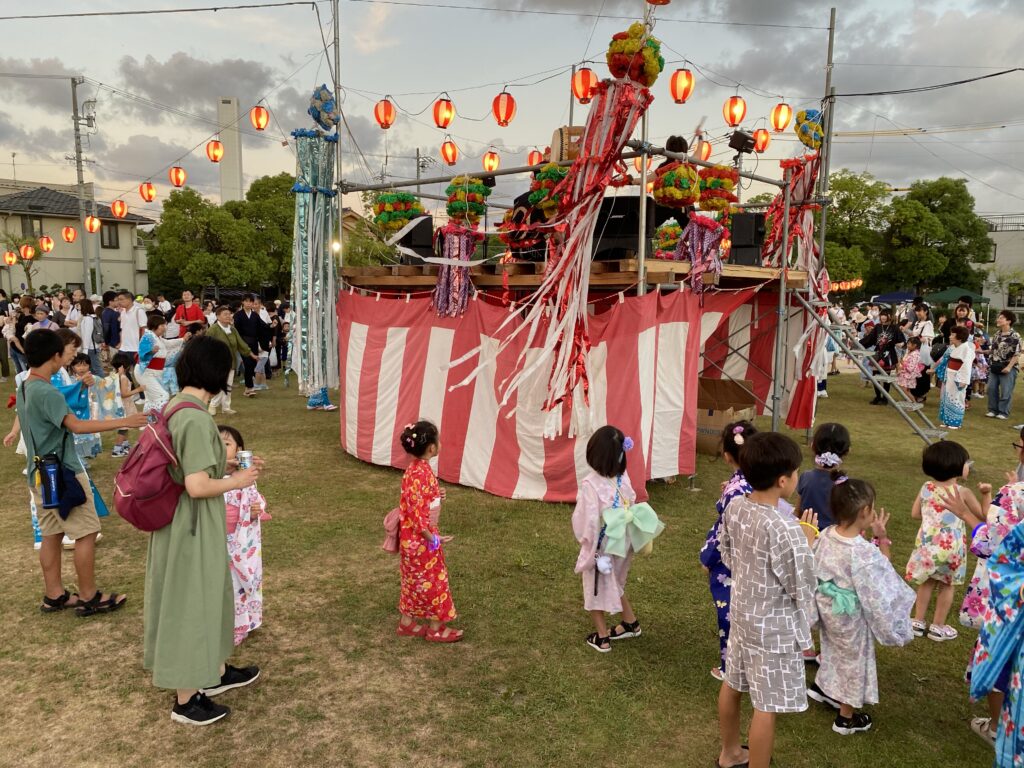
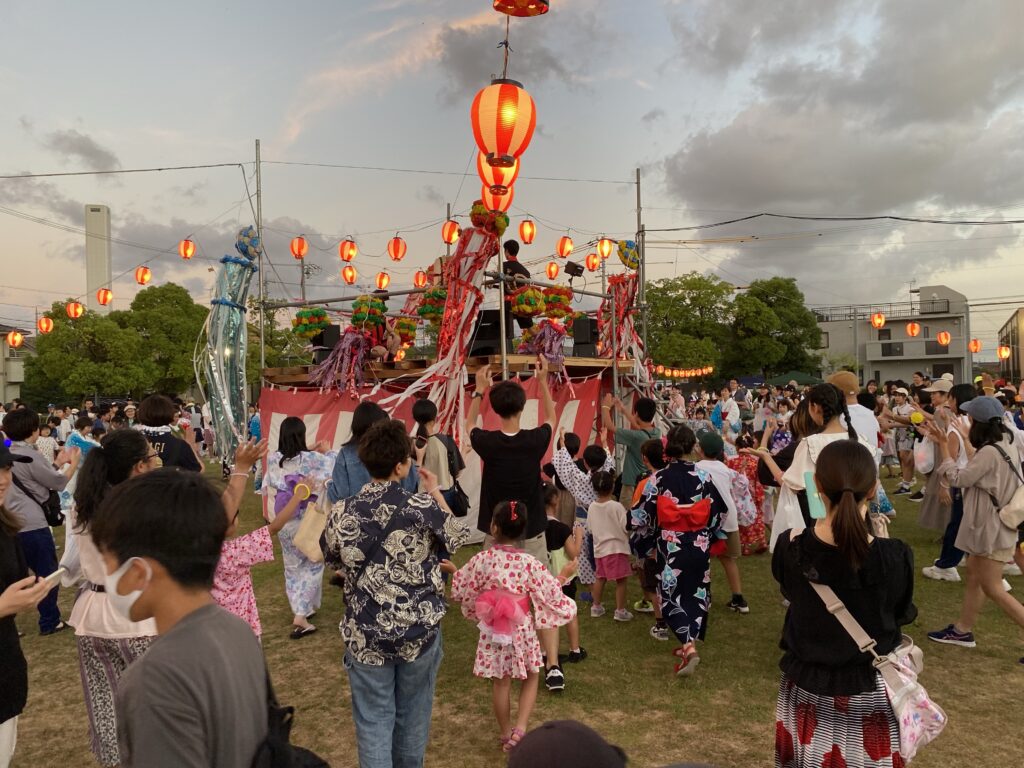

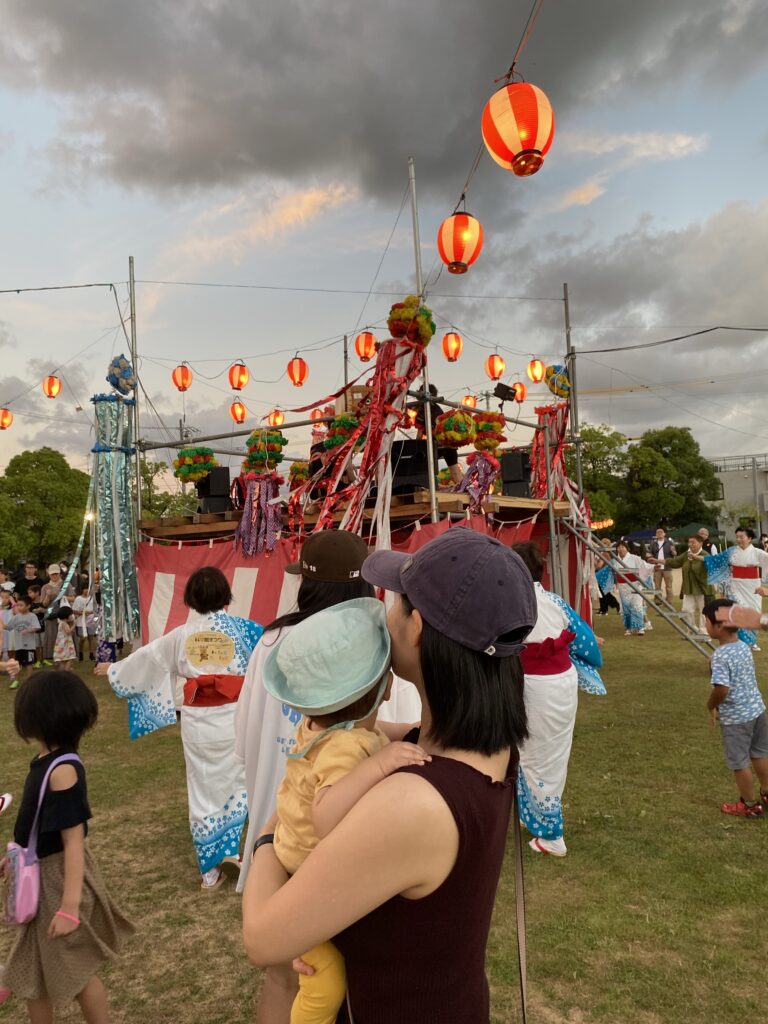
Other experiences
Wadaiko Shows
It was really cool to see local kids playing the Japanese drums called Wadaiko. I used to play the wadaiko on the stage called yagura. It was absolutely one of my favorite childhood memories. I really hope these beautiful Japanese traditional customs will continue to be passed down to the next generations too.
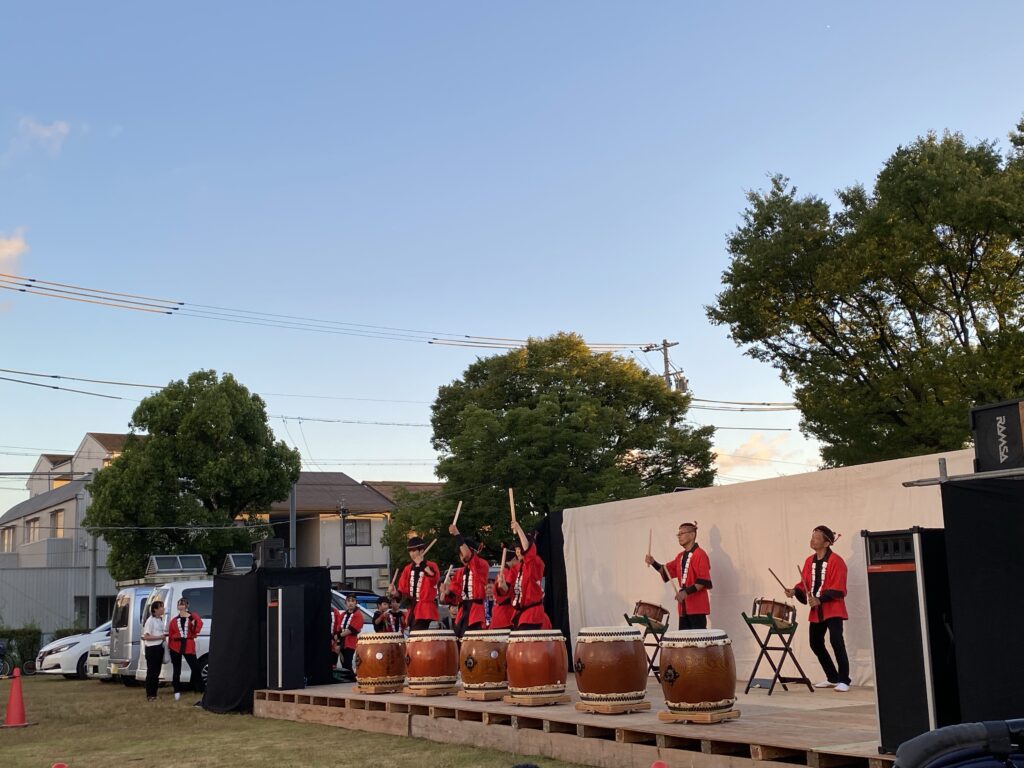
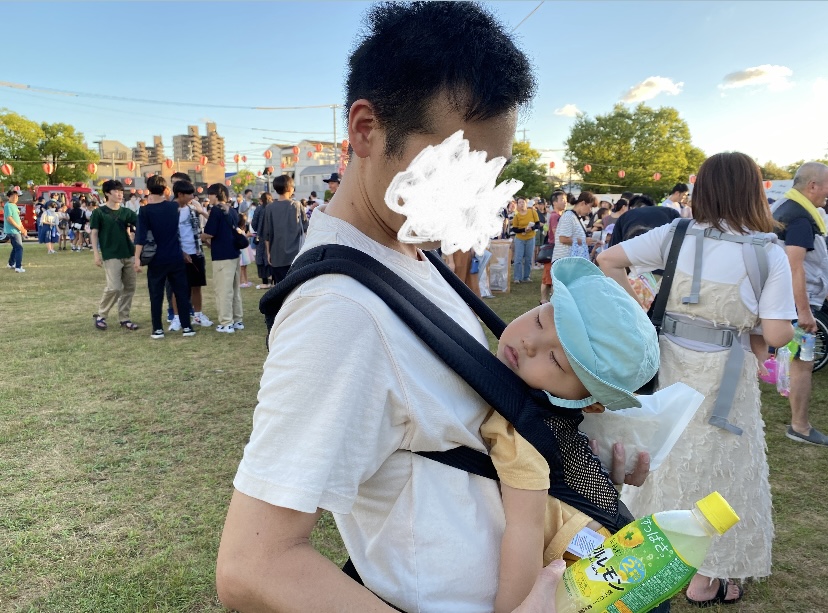
Eating experiences
We joined the local Bon-Odori held at the park in our area. There were two food trucks, but there were so many lines! Bon-Odori is organized by the locals, so it varies depending on your area and the scale of the event.
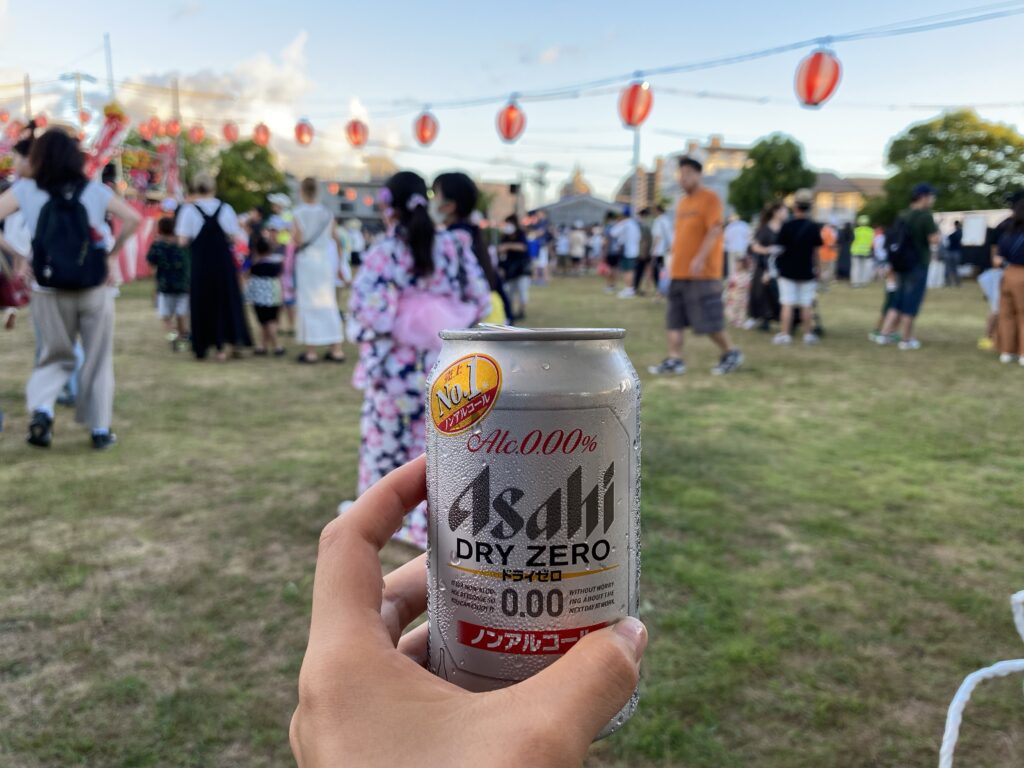
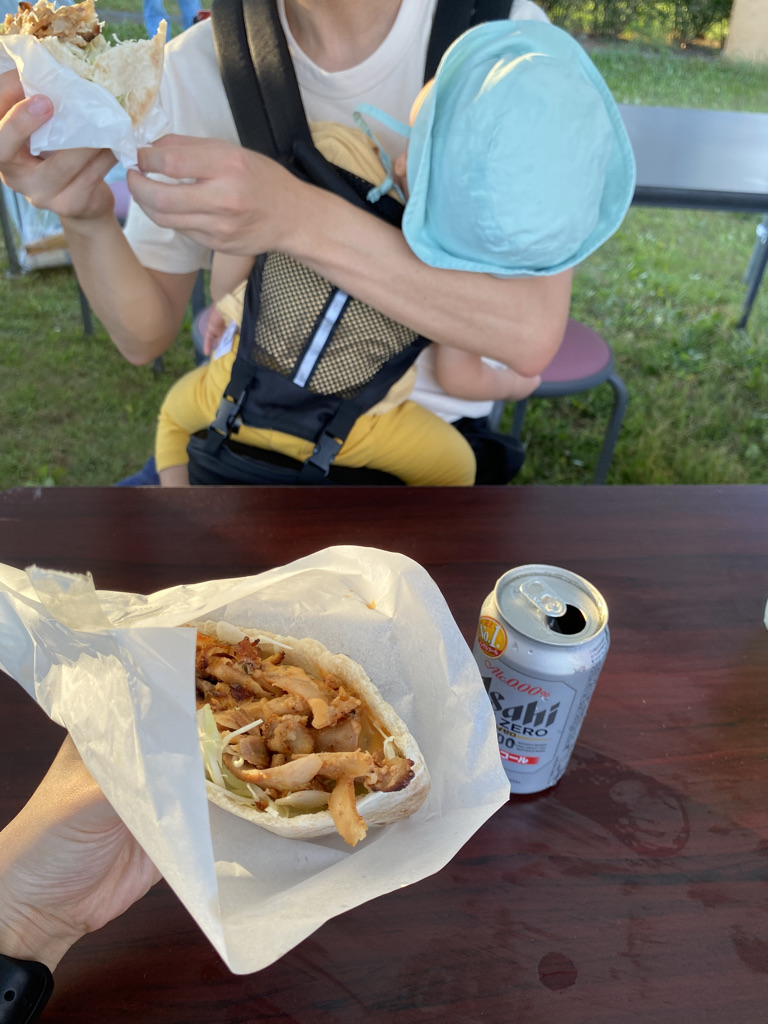
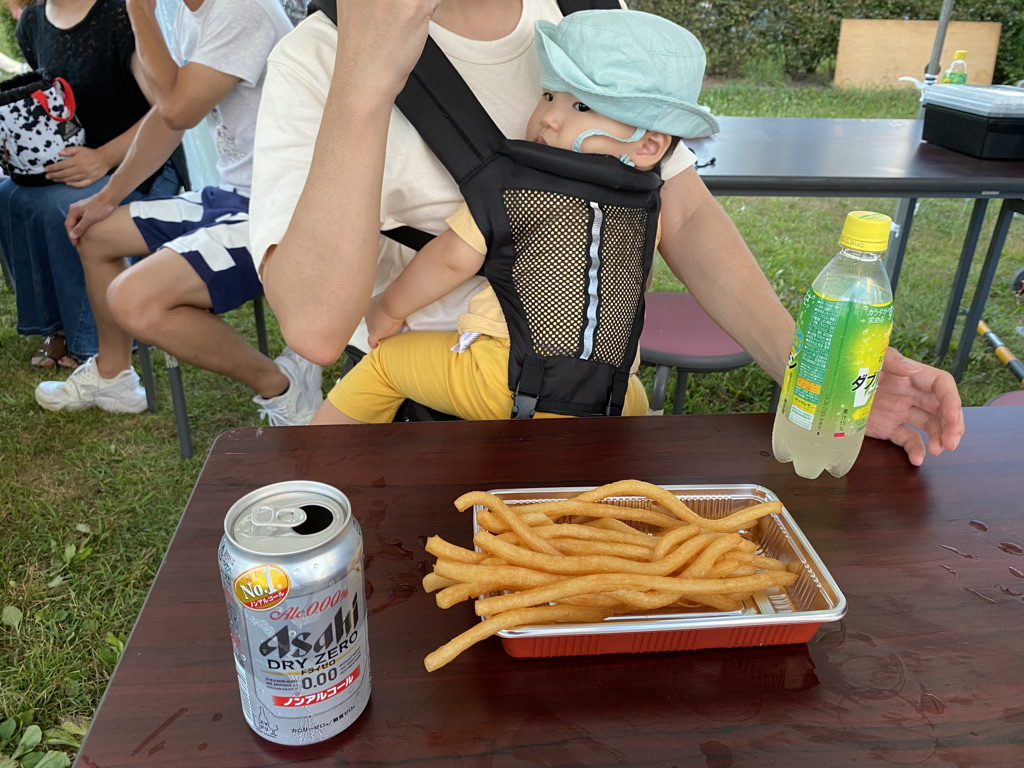
Summery
The bon-odori is organized by a local community and is relatively small-scale, but we warmly welcome visitors. If you come across one, I highly recommend joining this event and enjoying the dance with the locals! As you can see, wearing a yukata is not mandatory, but it would be a nice experience to wear one and make the event even more special!

